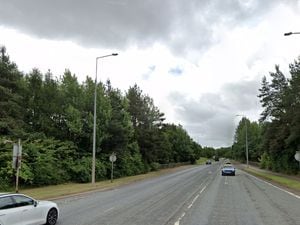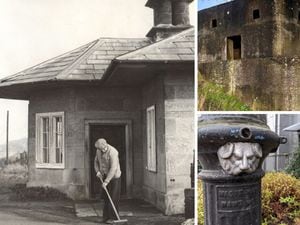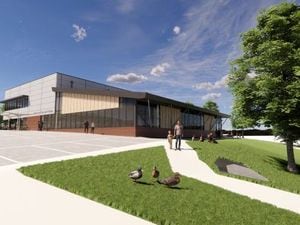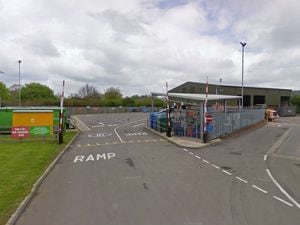Major solar farm given go-ahead to be built in north Shropshire
A solar farm capable of powering 9,000 homes-a-year is set to be built in north Shropshire after the project was given the go-ahead.
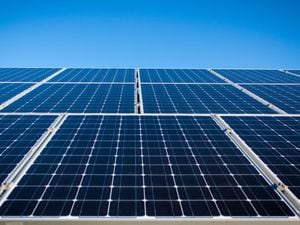
The scheme will see a 30 megawatt (MW) array of solar panels installed on a 150-acre site at Bubney Farm, to the west of Whitchurch.
Renewable Connections Developments Ltd, the company behind the project, says it will prevent around 12,900 tonnes of CO2 entering the atmosphere every year over the expected 40-year lifespan of the facility.
The solar farm will be connected to the National Grid via an existing substation on the A41.
A report by planning officer Kelvin Hall says the loss of farmland and the visual impact of the scheme on nearby heritage assets and public footpaths will be outweighed by the “significant benefits” it will bring.
The application attracted support from 12 members of the public and five objections.
The land lies next to the borders with Wrexham County Borough Council and Cheshire West and Chester Council, both of which were consulted on the application but did not respond.
Whitchurch Town Council also made no comment.
The report says 71 per cent of the land is class 3a, while the remainder is 3b. Planning policies say development of best and most versatile (BMV) agricultural land should be avoided, which includes 3a land.
However Mr Hall’s report says the temporary loss of the land from farming use is mitigated by the fact it will continue to be used for sheep grazing while the panels are in situ, and will be returned to its previous use when the solar farm is eventually decommissioned.
It adds that the scheme will bring welcome biodiversity enhancements.
The site lies 320 metres from a section of the Llangollen Canal, 310 metres from a scheduled monument, Wolvesacre Hall, and 50 metres from Iscoyd Park, a Registered Park and Garden and a Special Landscape Area.
Existing woodland and the topography of the farmland mean the panels would be largely screened from surrounding view points, but would have a “major adverse” visual impact on the public rights of way and bridleways which run through the site, the report says.
The facility would be visible from some areas on the canal towpath, Iscoyd Park grounds and passing roads, but the report says the visual impact would be acceptable once the proposed landscaping has had time to mature.
It concludes: “The proposals for the landscaping of the site are appropriate, and would provide some mitigation for identified adverse landscape and visual effects, and this mitigation would increase as the screening establishes.
“However the development would result in some adverse impacts on landscape character and adverse effects on the visual character of the area, particularly from the public rights of way within and adjacent to the site.
“In addition the proposal would result in the loss of a significant amount of arable land, the majority of which is BMV agricultural land, albeit that the land would remain in agricultural use.
“Further the proposal would be likely to result in some minor harm to heritage assets.
“Weighing against the above are the significant benefits of the proposal.
“These include the provision of a facility that would generate a significant level of renewable energy, thereby reducing CO2 emissions from use of unsustainable energy sources which is fully in line with national and local planning policy and objectives. This is given significant weight.
“Other benefits include significant biodiversity enhancements, and access and drainage improvements.
“It is considered that these benefits outweigh the adverse impacts of the proposal.”

